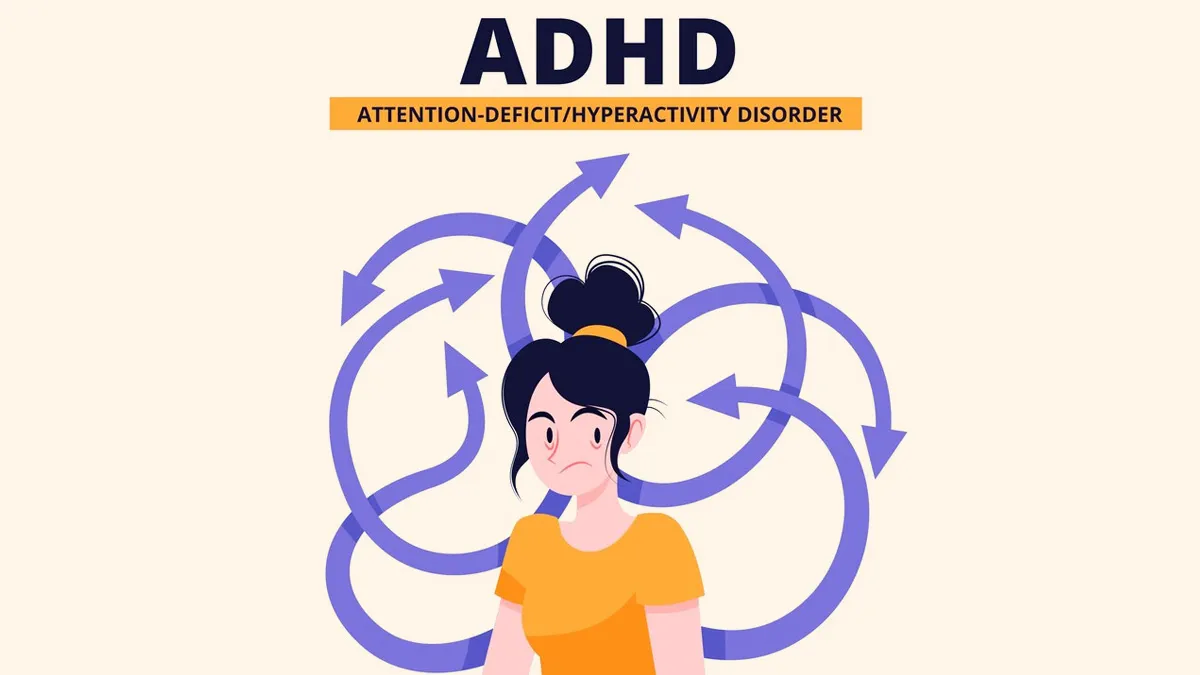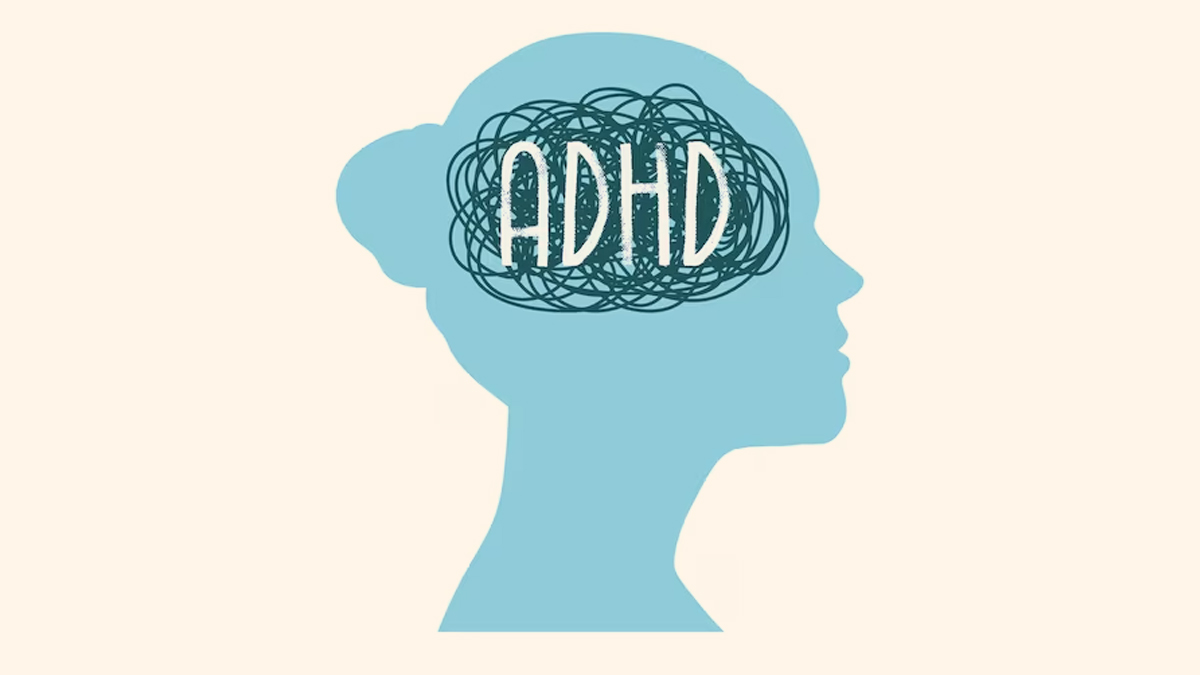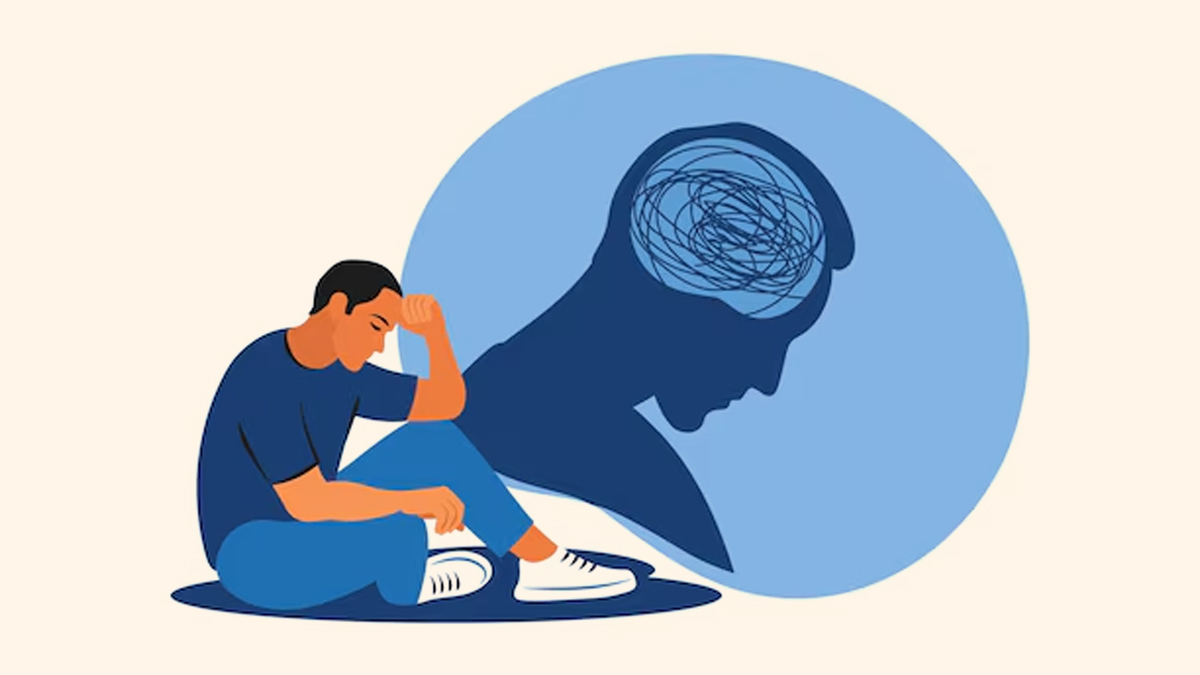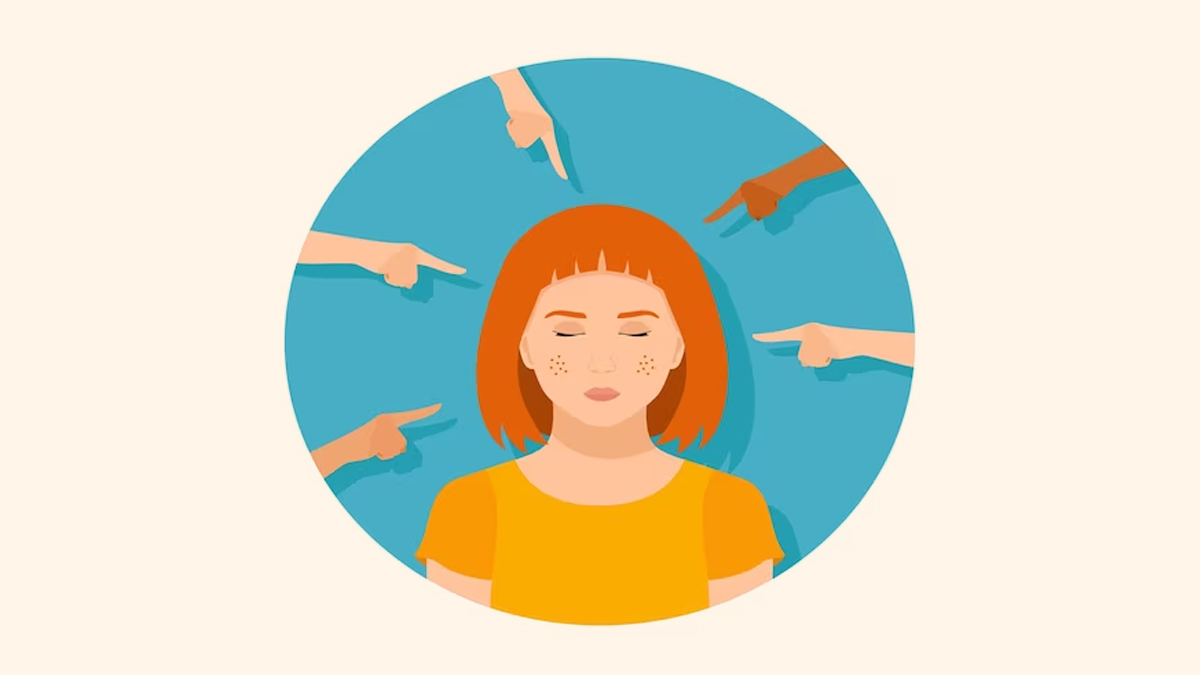
Most people struggle to focus, are hyperactive or impulsive, and may have a quick temper or inability to deal with stress. These challenges are often mistaken for personal flaws, however, but they could indicate Attention Deficit Hyperactivity Disorder (ADHD). Despite this, diagnosing ADHD in adults remains a challenge for various reasons. To understand its causes, we spoke to Archana Singhal, Counsellor and Family Therapist, Founder, Mindwell Counsel, Delhi, who listed multiple factors that contribute to this challenge.
Table of Content:-
CHECK YOUR
MENTAL HEALTH


According to a 2010 study, ADHD is a common condition in children, affecting about 8% of kids in the United States. It is a genetic brain-based condition, and around 65% of children with ADHD continue to have it as adults. However, ADHD has long been seen as just a childhood issue, so we know much more about it in children than in adults.
According to the American Psychological Association (APA), to diagnose ADHD, symptoms must have started before age 12. This makes it harder to diagnose adults since it involves figuring out when their symptoms first began.
Reasons Why Adult ADHD Diagnosis Becomes Difficult
Overlap with Other Conditions

The main reason for the difficulty in ADHD diagnosis lies in its symptoms. Its symptoms can overlap with various mental health conditions, including anxiety, depression, and bipolar disorder. “For example, an adult with depression may experience concentration difficulties, fatigue, and restlessness, which can be confused with ADHD symptoms. This overlap often makes it hard to distinguish ADHD from other conditions, especially when there is no clear history of childhood ADHD symptoms,” explained Singhal.
Also Read: Mental Health Matters: How ADHD Amplifies Intrusive Thoughts and Ways to Handle Them
Changes in Symptom Presentation Over Time
Adults with ADHD exhibit symptoms in different ways than children. Hyperactivity is common in children with ADHD, but in adults, it often shows up differently. Instead of being physically hyperactive, adults may experience restlessness or difficulty focusing. As people get older, the signs of ADHD can become less obvious, especially in structured places like work or school, where coping strategies might hide the symptoms.
Lack of Awareness

Another reason behind the underdiagnosis of adult ADHD lies in the fact that this condition has been seen as a childhood disorder, leading many adults to overlook the possibility of having it. “For many years, it was believed that ADHD can only affect children, which means adults may not even consider that they might have the condition. This lack of awareness can delay diagnosis and treatment,” said Singhal.
The Chronic Nature of ADHD
ADHD is often considered a lifelong disorder, and many adults who weren’t diagnosed as children may have found ways to manage their symptoms. These coping mechanisms, such as relying on structure or using stimulant medications without a diagnosis, can hide the symptoms and make it harder to identify the disorder in adults.
Also Read: ADHD In Adults: Doctor Shares Effective Tips To Manage It
Stigma and Misunderstanding

There is still a stigma surrounding mental health diagnoses in general, and ADHD is no exception. Many adults may feel embarrassed or reluctant to seek a diagnosis because they fear being labelled as 'lazy' or 'disorganised.' This stigma, coupled with misunderstandings about ADHD, can prevent individuals from pursuing a diagnosis.
The Evolving Understanding of ADHD
Singhal concluded, “Experts are still learning about ADHD, especially in adults. It is only due to the increased recognition of ADHD in adults that there have been improvements in diagnosis criteria and treatments. However, some doctors might not yet fully understand adult ADHD, which can lead to missed diagnoses.”
[Disclaimer: This article contains information provided by an expert and is for informational purposes only. Hence, we advise you to consult your professional if you are dealing with any health issues to avoid complications.]
Also watch this video
How we keep this article up to date:
We work with experts and keep a close eye on the latest in health and wellness. Whenever there is a new research or helpful information, we update our articles with accurate and useful advice.
Current Version